[ad_1]
Understanding the Destination’s Climate

Start by researching your destination’s average temperature and weather conditions to ensure you pack appropriately. Checking the weather forecast before your trip can help you prepare for unexpected changes, such as rain or sudden temperature shifts. Additionally, consider the activities you plan to engage in and select comfortable and suitable clothing, allowing you to fully enjoy your experience without worrying about your wardrobe.
Weather-Appropriate Fabrics


When packing for a cold-weather trip, choosing the right fabrics can make all the difference in keeping you warm and comfortable. Opt for materials that are breathable, moisture-wicking, and insulating to ensure you stay cozy even in the chilliest conditions. Merino wool is a top choice for cold temperatures, thanks to its natural breathability, moisture-wicking properties, and odor resistance. It’s perfect for base layers and socks, keeping you dry and warm throughout your adventures.
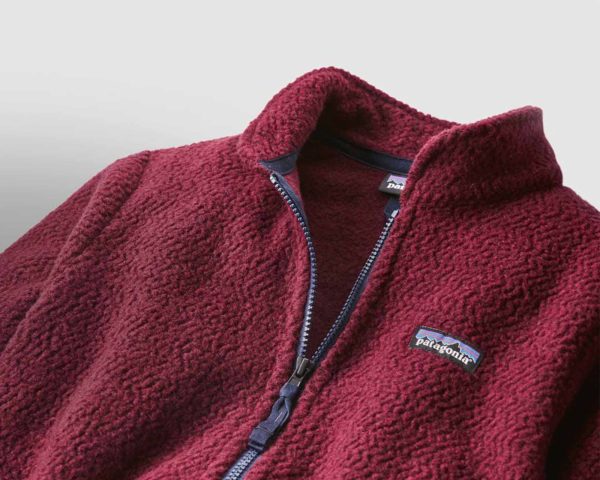

Fleece is another excellent option, known for its ability to trap warmth without adding bulk. You’ll often find it in jackets, hats, and gloves, providing a soft and cozy layer against the cold. Thinsulate is a synthetic insulation material that offers exceptional warmth without the bulk, making it ideal for gloves, hats, and scarves.
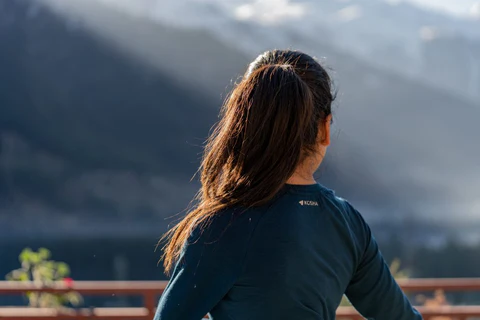

For those particularly frigid days, moisture-wicking thermal wool is a lifesaver. This fabric wicks away moisture while providing excellent insulation, ensuring you stay warm and dry even in the harshest conditions. Avoid cotton, as it absorbs moisture and can leave you feeling colder. Instead, stick to these weather-appropriate fabrics to stay comfortable on your cold-weather trip.
Pack Light for a Winter Trip
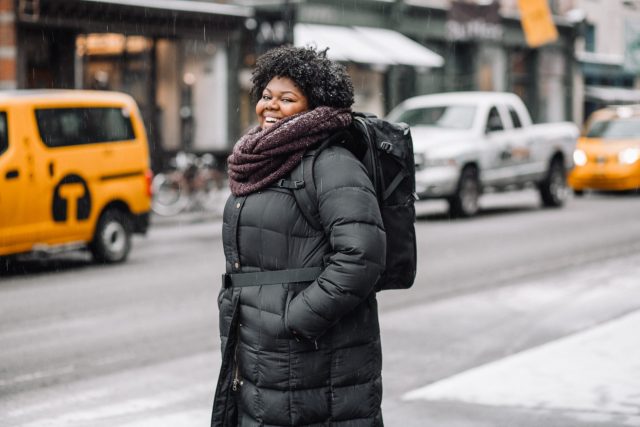

When packing a carry-on, select versatile clothing that can be easily mixed and matched. Packing light is crucial; these materials provide excellent insulation without adding bulk. Opt for layers that can be worn multiple times without washing, making it easier to minimize the number of items you bring. To maximize space, use packing cubes, which help organize your suitcase and make it easier to fit essentials into your luggage or carry-on.
Tech Gear for Cold Weather
Traveling in cold weather requires the right tech gear to keep you connected and safe. A portable charger is a must-have, ensuring your devices stay powered up even in freezing temperatures. Cold weather can drain batteries quickly, so having a reliable power source is essential.
Protect your phone from snow, ice, and moisture with a waterproof phone case. This simple addition can prevent costly damage and keep your device functioning properly. For those who like to stay connected on the go, a warm and waterproof Bluetooth headset is a great investment. It allows you to make calls and listen to music without exposing your ears to the cold.
Navigating unfamiliar territory in low-visibility conditions can be challenging, so a GPS device or app is invaluable. It helps you find your way and stay on track, even in snowy or foggy weather. Don’t forget to pack extra batteries and a backup power source to ensure your tech gear remains operational throughout your trip.
Common Mistakes to Avoid
First, avoid packing bulky warm clothing that consumes too much space; opt for lightweight, insulating materials instead. Wearing the wrong shoes during winter can lead to discomfort and even injury, so choose insulated, waterproof, and comfortable footwear for walking on icy surfaces. Ensure you’re prepared for both cold outdoor conditions and overheated indoor spaces by packing versatile layers. Learning from common winter packing mistakes can help you pack like a pro. Don’t forget to choose the right type of gloves, such as touchscreen-compatible ones, to stay connected. Lastly, remember essentials like sunglasses and sunscreen to protect yourself from the winter sun.
Essential Items to Pack
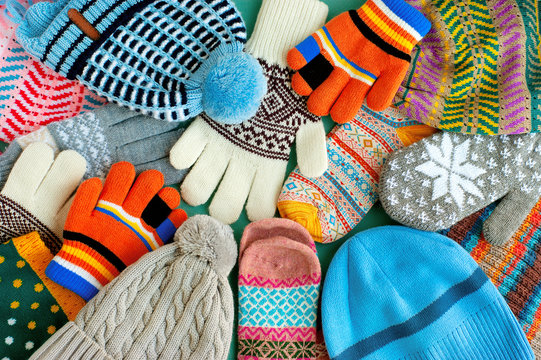

A hat is essential to prevent heat loss and frostbite, helping you stay warm in cold conditions. However, many worry about ‘hat head ruining’ their hairstyle. Opt for a thermal beanie made from moisture-wicking wool for added comfort and functionality. Similarly, packing touchscreen-compatible gloves ensures your hands stay warm while allowing you to use your devices effortlessly. These small but crucial items can make a significant difference in your winter experience.
Emergency Items for Cold Climates
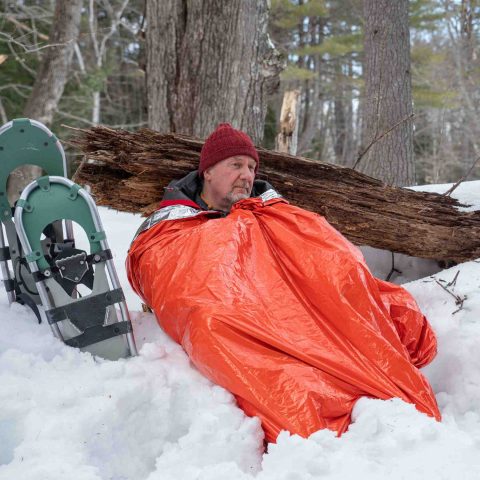

When traveling in cold climates, it’s crucial to be prepared for emergencies. Packing the right items can make a significant difference in your safety and comfort. A warm blanket or emergency bivvy sack is essential in case you get stranded or lost. These items provide much-needed warmth and can help prevent hypothermia.
A first aid kit is always a good idea, but it’s especially important in cold climates where the risk of hypothermia and frostbite is higher. Make sure your kit includes essentials like bandages, antiseptic wipes, and any personal medications you might need.
A flashlight or headlamp is another must-have, helping you navigate in low-light conditions and providing light if you’re stranded. A whistle or other signaling device can be a lifesaver, allowing you to signal for help if you’re lost or in danger. Always check the expiration dates of your emergency items and replace them as needed to ensure they’re ready when you need them.
Pack Clothes That Can Be Layered
Start with a base layer to wick away moisture, keeping you dry throughout the day. For travelers, a packable winter coat is a great option to consider, as it provides warmth without the bulk and can be easily stored when not needed. Add an insulating layer to trap warmth, ensuring you stay cozy in colder temperatures. Finally, wear an outer layer that is wind- and water-proof to protect against harsh weather conditions. Consider using merino wool and synthetic insulation for optimal warmth and efficiency without adding bulk to your luggage.
Choose the Right Shoes for Your Destination
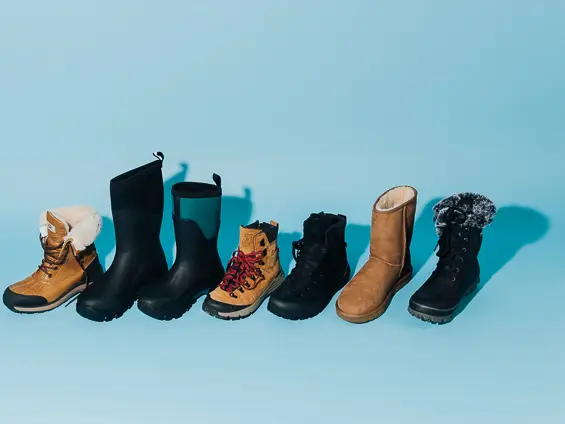

Look for insulated, waterproof, and warm shoes that keep your feet dry and cozy throughout your trip. Opt for footwear with great traction to handle icy surfaces and durability to withstand exposure to salt. For added comfort and style, consider packing shoes with a soft and cozy lining, such as Teva’s Anaya Booties, which are designed to perform well in winter weather while keeping your feet snug.
Half Your Suitcase Space with These Tips
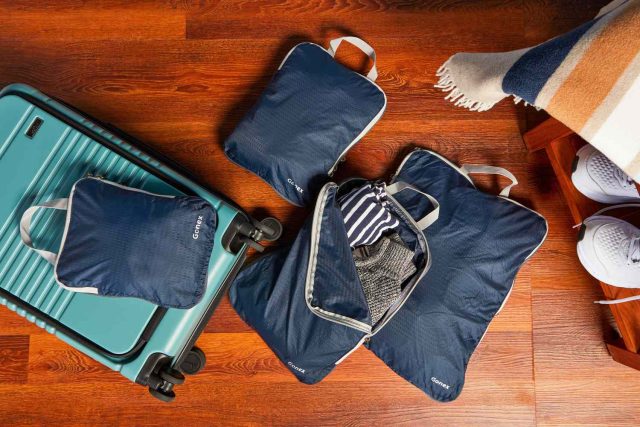

Start by wearing your heaviest coat and boots on the plane, freeing up valuable suitcase space for other essentials. Remember that warm clothing takes up significantly more space in your luggage compared to lighter attire. Utilize compression packing cubes to maximize space in both your suitcase and carry-on, keeping your belongings organized and compact. Additionally, roll-thin items like summer t-shirts and underwear save even more room, ensuring you can pack everything you need without overstuffing your luggage.
Toiletries and Medications
Bring essential medications for upset stomach, fever relief, body aches, and congestion, ensuring you’re prepared for any minor health issues. Opt for travel-sized versions of your go-to medications to save space without compromising on necessities. Additionally, don’t forget to pack sunscreen and lip balm with SPF to protect your skin and lips from harsh winter conditions.
Prepare for Your Winter Trip
Start by checking the weather forecast before your trip to stay ready for any unexpected weather changes. Pack a portable charger for your phone and other devices to ensure you stay connected throughout your journey. Lastly, double-check that you have all the necessary documents, such as your passport and travel insurance, to avoid any travel disruptions. These steps can help you enjoy a hassle-free winter adventure.
Cultural Considerations in Clothing
When packing for a cold weather trip, it’s important to consider cultural norms and dress codes. Different cultures have different expectations regarding clothing, and being respectful of local customs can enhance your travel experience. In some cultures, it’s considered impolite to show too much skin, even in cold weather. Make sure to pack clothing that covers your shoulders and knees to avoid any cultural faux pas.
Avoid packing revealing or tight clothing, as this can be seen as disrespectful in some cultures. Instead, opt for modest and comfortable attire that aligns with local customs. Packing layers is a smart strategy, allowing you to adjust your outfit to different cultural norms and dress codes. A scarf or shawl can be easily added or removed, providing versatility and modesty when needed.
Before your trip, take the time to research local customs and dress codes. This preparation will help you pack appropriately and ensure a respectful and enjoyable experience. By being mindful of cultural considerations, you can make a positive impression and fully immerse yourself in the local culture.
Double-Check Your Packing List
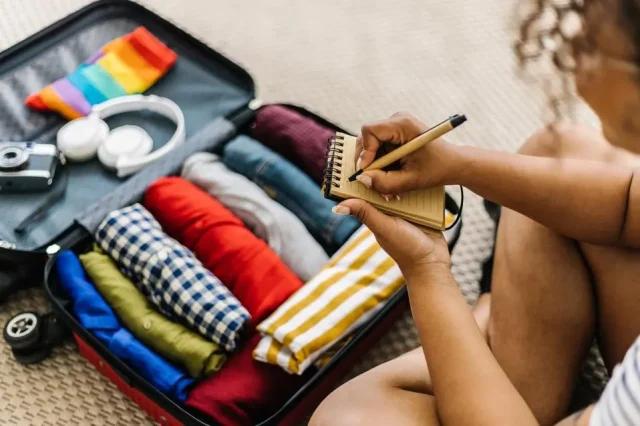

Take a moment to review your packing list, making sure all essential items are included. Check the weather forecast one last time to confirm you’re ready for any unexpected weather changes. Additionally, consider packing a small daypack with essentials, such as snacks and a water bottle, to stay prepared and comfortable during your trip. These final checks can make all the difference for a smooth and enjoyable journey.
[ad_2]
Source link



No Comments
Leave Comment